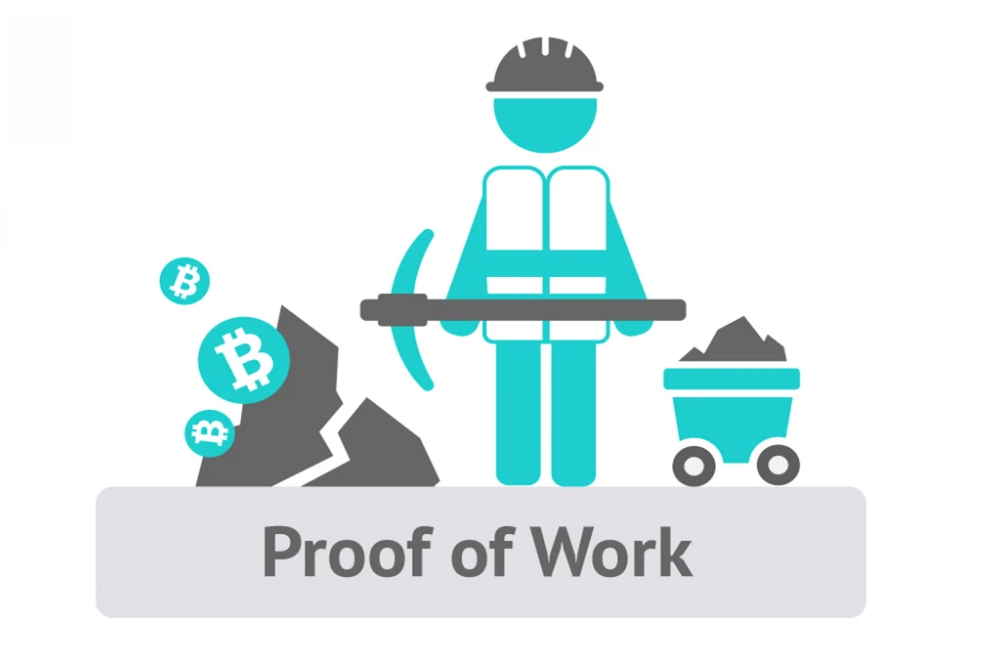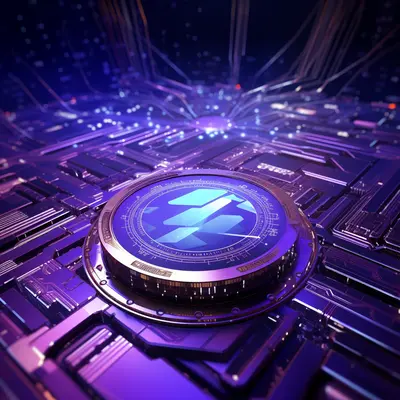What is Proof of Work (PoW)? Importance of PoW in Blockchain
What is Proof of Work? How does the PoW consensus mechanism work? Learn about the importance and disadvantages of Proof of Work here!
In parallel with Proof of Stake, Proof of Work is an early algorithm and is used quite a lot in Blockchains. Many brothers invest in cryptocurrencies but still do not really understand what it is, as well as how this mechanism works. Therefore, in this article, FoxCryptoNews will explain what Proof of Work is but in a simple style that doesn't involve too much programming terms to make it easier for you to grasp.
What is Proof of Work (PoW)?
Proof of Work (PoW) is the first consensus mechanism created on Blockchain and is quite popular in the crypto world. Proof of Work was successfully applied by Satoshi Nakamoto to Bitcoin in 2009. Since then, PoW has been one of the most popular consensus mechanisms in the Cryptocurrency ecosystem.
Proof of Work gathers miners (also known as nodes) that compete to validate transactions, then put transactions into blocks in the Blockchain to receive rewards depending on the network.
Example: Ethereum miners will confirm transactions on Ethereum, put in blocks and receive ETH as rewards.

How was Proof of Work born?
Despite being the first adopter, Satoshi Nakamoto was not the inventor of the idea of PoW. So who is the creator of PoW? In what year was the first idea of PoW born?
Here are the key milestones in the formation of PoW:
The most primitive idea of Proof of Work (PoW) is expressed in the thesis "Pricing via Processing or Combatting Junk Mail" by scholars Cynthia Dwork and Moni Naor on the problem of resisting denial of service attacks. (DoS, DDoS), Email Spam problem.
In 1997, Adam Back presented an anti-Double Spending Protection mechanism in the HashCash Whitepaper.
In 2004, Hal Finney applied the PoW concept to cryptocurrencies as a security solution, through a mechanism called “ Reusable Proof of Work ”.
In 2009, Satoshi Nakamoto used Finney's idea to create a Proof of Work (PoW) consensus mechanism for Bitcoin.
From 2009 until now, the Proof of Work (PoW) consensus mechanism has become a popular consensus mechanism in the cryptocurrency ecosystem.
The Nature & How PoW . Works
The essence of Proof of Work is to validate someone's proof of work to the entire blockchain network, through consuming real-world resources.
Example: Bitcoin's PoW Mechanism:
In order for the Bitcoin blockchain to work, it is necessary to continuously generate new blocks to contain transaction information.
This is done by something called “ Miners ”. They will have to solve complex math problems and send the correct answer to the entire network as quickly as possible.
To meet that requirement, Miners need to use devices with high computing power, called " excavators ".
As such, the PoW nature of Bitcoin will be as simple as this: Confirming Miners' proof of work (correct answer to the problem) to the entire Bitcoin blockchain network, through consuming real-world resources ( excavators, electrical energy and time) .

Proof of Work's mechanism of action
The importance of Proof of Work
The purpose of PoW from the inception of the idea to the present day remains its main purpose: Network security.
PoW in blockchain will have the main effect of protecting the network from DoS attacks. Because when attacking the network requires a lot of resources such as computing power, time to solve problems, etc., making the attack extremely expensive.
Besides, PoW has little effect on Miner's mining ability . It doesn't matter how many coins you have in your wallet, as long as you have enough resources (computing power) to participate in the mining process. If Miners do not have enough computing power, they can join a Mining Pool to utilize the computing power of the entire mining pool.
Disadvantages of Proof of Work
The 2 main weaknesses of the PoW consensus mechanism include:
- Consumes too many resources.
- There is a 51% chance of being attacked.
Waste of energy
This is still a topic of endless debate between the two parties in the market:
- One side thinks that using too much power to keep the network secure is wasteful.
- The other side argues that consuming resources is essential to making the network more secure.
Proof of Work (PoW) power waste controversy
51% chance of being attacked
This is an extremely important issue, there is a 51% chance of a possible attack for blockchains using PoW.
Why might this problem occur?
As I said above, the PoW mechanism is based on computing power. So if an individual or organization cps owns more than 51% of the network's total computing power, what can happen?
At this time, that organization or individual will basically gain control of the network in falsely confirming the evidence, causing the network to suffer from double spending, causing huge losses.
A 51% attack is easy for small networks, with a small number of miners making it very easy to take over the network's computing power. This will be unlikely for a large blockchain network like Bitcoin because the cost of capturing computing power is huge.
Below is the cost to perform a 51% attack, you can refer to:

Cost to perform a 51% attack
Conclusion
I'm sure that after reading this far, newcomers to the cryptocurrency market have grasped the definition of what Proof of Work is as well as the importance and weakness of this mechanism. If you have any other questions or comments, please comment below to discuss with FoxCryptoNews!
Oct 19, 2022







 Network Validator Nearly a Year After Unveiling Same Service for Solana (SOL)-400-400.webp)

















